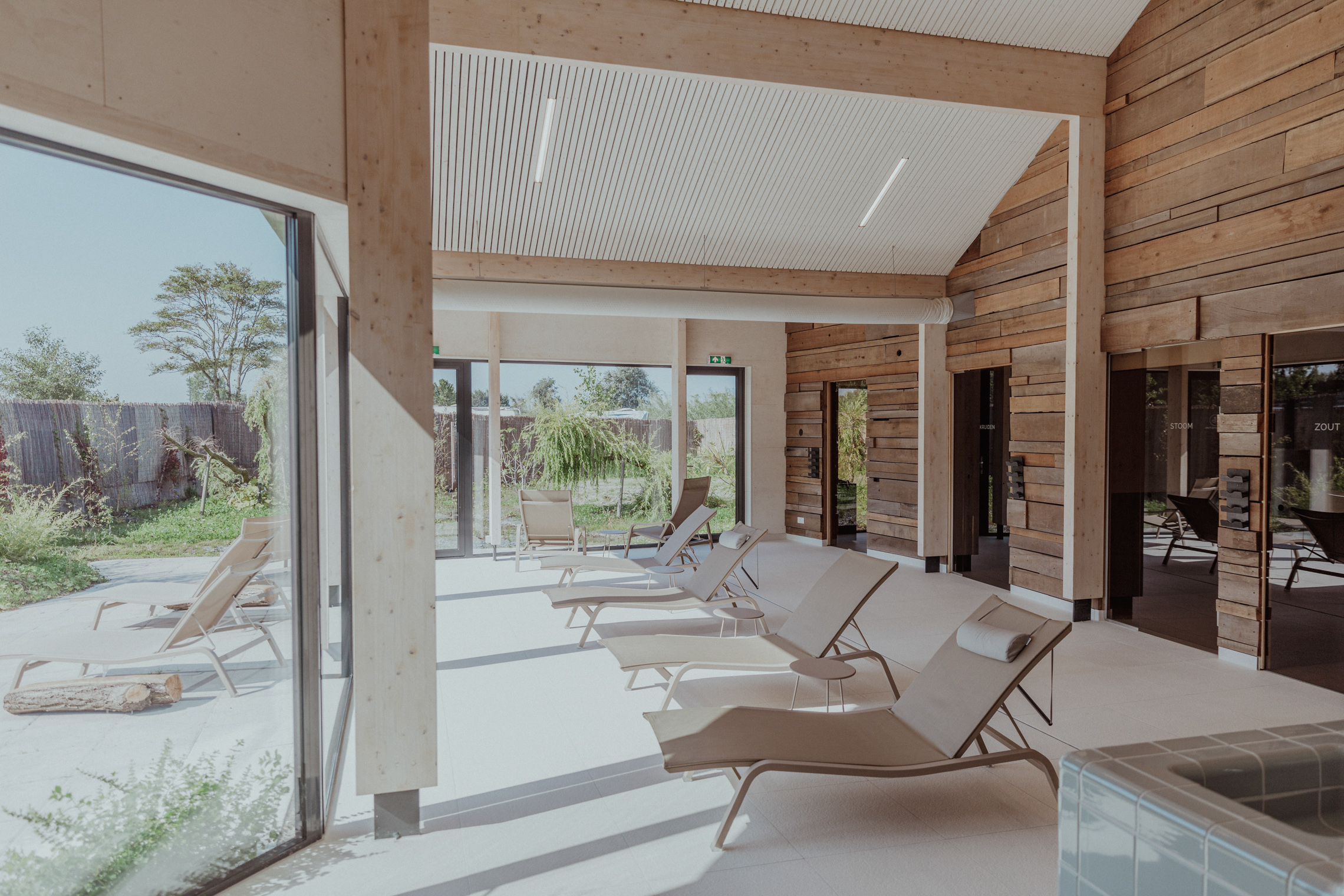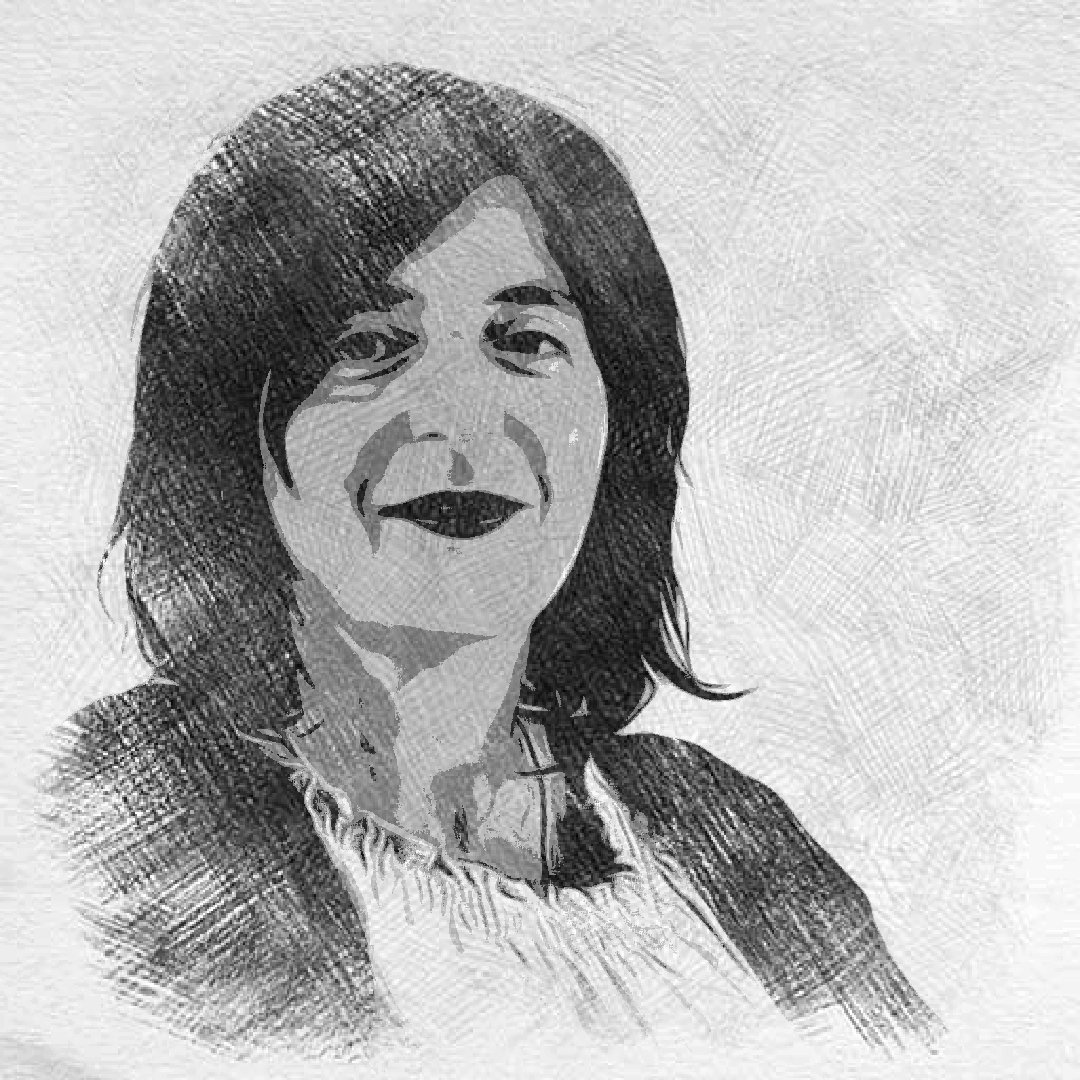
After a long career at a nationally operating engineering firm, Zeeland entrepreneur Wim Twigt founded Twigt-Om together with his daughter in 2016. Twigt-Om develops innovative concepts in the field of circular construction for companies and governments, including several recreational companies. The idea had been running through his mind for some time since reading ‘Cradle to Cradle: Remaking the Way We Make Things‘. This book, written in 2002 by German chemist Michael Braungart and American architect William McDonough, is considered to be the bible for the circular economy. Twigt: “I was very taken by its simplicity. However, along the way, I found out that actually putting it into practice is far from simple.”
Climate change, the need to cut down on CO₂ emissions and the scarcity of raw materials are all calling for a different approach to construction, one that involves the reuse of materials. Yet the process of making the construction sector more sustainable is still not really getting off the ground. Why is this?
“The circular economy is still lagging quite a bit behind the energy transition, for example, where some important steps have already been taken. This is rather strange, given that the same target dates apply to the circular economy. That is, 2030 and 2050. By 2050, the construction industry also has to be fully circular. But, unlike the energy sector – which is organized top-down – construction involves a whole host of different parties. On top of that, the construction world is currently incredibly busy with building. For the construction industry, it is also a matter of getting some meat back on the bones for the coming seven lean years. Consequently, the urge to innovate is not so keenly felt. Last but not least, our society is becoming increasingly complex and we have to deal with all kinds of systems and regulations that slow things down.”
What do you mean by this complexity of systems?
“Systems, including all the complicated procedures surrounding them, are increasingly interwoven and being bogged down by their complexity. In the past, the preparation phase took a year and the rest was spent on the implementation, but nowadays, the preparation phase can easily take three years. This has to do with all kinds of procedures that have to be gone through.”

“For this to happen, effective cooperation between the parties involved is extremely important. I am an engineer by trade, so my original field of work was engineering. But what I have gradually become more convinced of is that social innovation in such massive transitions like the circular economy is perhaps the most important thing of all. It is rarely about the technology. The greatest challenge is: how do you organize everything in conjunction with each other?”
Still, back to technology for a second, what does circular construction entail?
“Circular construction is all about thinking in new ways. Function comes first. Based on that, you start designing, bearing in mind the end of the life cycle. Thinking about how you can dismantle the building at a later date, how to harvest the building, so to speak, so that the reuse of materials can take place in the most optimal way. For example, all kinds of steps have now been taken involving recyclable materials as well as alternatives to traditional building materials that generate a lot of CO₂ emissions, such as concrete. A good example of this is New Horizon, which has now realized a pilot plant that turns concrete back into raw material. In addition, modular construction is becoming increasingly more important, enabling prefabricated modules to be built on site. But it also means that certain parts can be replaced during renovations instead of everything being demolished. This implies that everything we build must be demountable. Everything you don’t have to demolish saves materials as well as energy.”
How important are these insights for the – circular – construction of recreational accommodation?
“In Zeeland, where I have lived for decades, tourism is an important source of income for the population. This accounted for a total of 11.1 million overnight stays per year in the period before corona (CBS figures from 2019, ed.). The lifespan of recreational accommodation is fifteen to twenty years. In comparison, normal homes are built that last sixty years on average. This has to do with trends and changing lifestyles and what consumers want. After those twenty years, recreational homes are traditionally either demolished or disposed of and new recreational accommodation is built.
As part of the innovation subsidy scheme run by the province of Zeeland, Recron, the trade association for recreational businesses, and the Coastal Tourism and Economic Impulse Zeeland knowledge center, we have supported fifteen recreational businesses from Twigt-On on the ‘Circulair Beleven (Circular Experience) project. They were pioneers in the sector who wanted to become more sustainable. They just did not know how to go about it. We have helped them by advising the entrepreneurs on recyclable materials and modular construction. This way, recreational accommodation can be modernized without them having to be demolished, and new elements can also be added. The most basic layout of such a property usually doesn’t change that much.”
What’s holding companies back from adopting circular construction?
“My experience is that family businesses are more likely to change tack. They have lived there for generations and are closely connected with the region. Moreover, they have short lines of communication and have often worked with the same people for years, such as the contractors, installers and architects. This creates a solid basis of trust.
But there is absolutely no room for that in the case of large tenders. The tendering procedures that were introduced as a result of the Dutch construction fraud are in themselves sensible, however, they also tend to hold back acceleration. If 10 contractors submit tenders for a project, each of them will have to pay approximately 10% of the construction costs. For 9 out of 10 providers, this will not be reflected in the results of their endeavors. That’s a lot of wasted time!”
What does acceleration bring about?
“It is a combination of incentives from the market on the one hand and from the government on the other.”
“The market, in this case, the recreational tourist, exerts its influence on the demand. Germans, who make up about 42 percent of the tourists in Zeeland, are often more critical than domestic visitors. They ask questions relating to sustainability, such as waste, energy consumption, materials used and maintenance. That also gets entrepreneurs thinking.”
Only by working together from the very outset, by inspiring each other and by looking for solutions together, can you roll out circular construction in an integrated way.”
Wim Twigt
“For its part, the government plays an important role by promoting circular construction. For example, the province of Zeeland has various incentives for innovation for the tourism sector, often in close cooperation with the Economic Impulse Zeeland organization, also by using European subsidy schemes to stimulate innovation in the region., We also point this out to our clients – make use of these! In addition to subsidies, however, there may also be other perks and incentives. For example, various municipalities in Zeeland have a policy whereby recreation companies that want to make a sustainable improvement in quality are given more space for additional accommodation. If they also do that in a circular way, that can also yield them more accommodation.”
“The most important thing, however, is to bring all parties to the table at the very start, i.e. as early as the design phase. Including the architect, the contractor and the installer. Only by working together from the very start, by inspiring each other and looking for solutions together, will you be able to push through circular construction in a truly integral way.”
Main photo: The wellness building of Camping ‘Ons Buiten‘ in Oostkapelle. Both new and used materials have been used in a circular way for the construction and the shell of the building as well as for the interior. (c) Camping ‘Ons Buiten’.
Also read this article: Jacqueline Cramer: ‘Circular economy calls for network governance’

